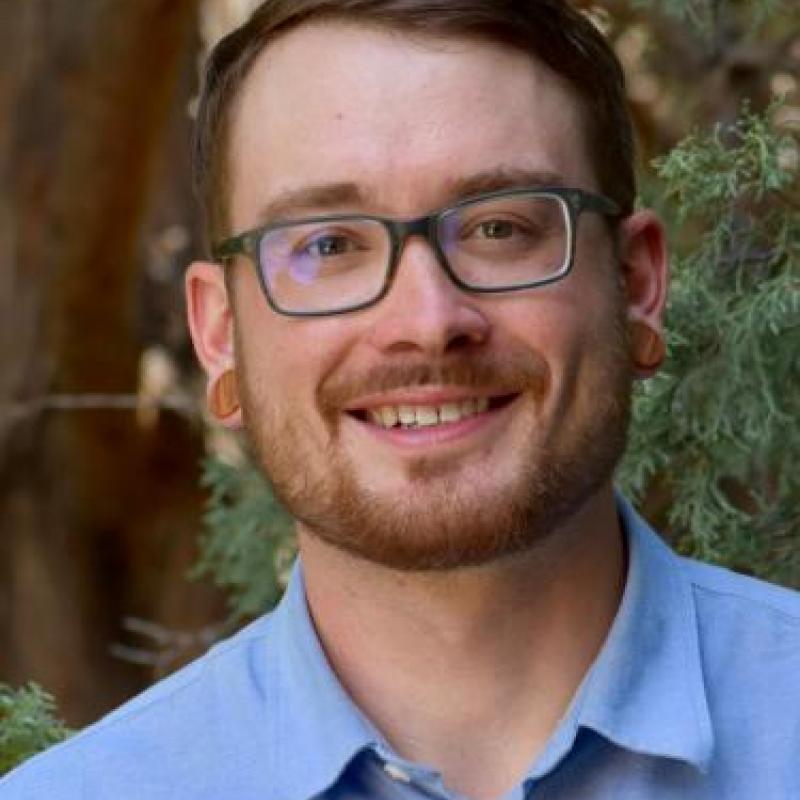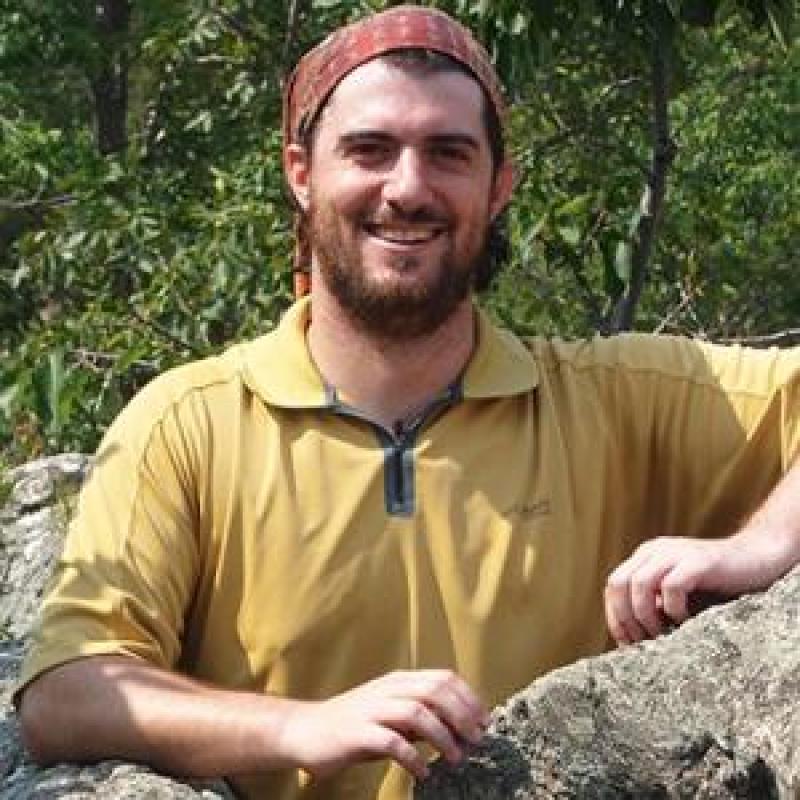Summary
Earth Lab collaborates across disciplines to incorporate a diverse range of spatial and non-spatial datasets to answer science questions. The following examples showcase a range of products from satellite remote sensing data and text records, layers derived from housing development records and hazards, and high resolution ocean science observations from acoustic remote sensing. A few examples are summarized here.
FIRED + MODIS
Graduate student Maxwell Cook has combined two novel databases developed within the Earth Lab linking fire perimeters and incident command reports between 2001-2018. The FIRED (FIRe Events Delineation) flexible algorithm and database of delineated fire events, based on the MODIS MCD64 Burned Area Product, provides a novel source for fire perimeter data which includes daily progression and relevant statistics. The ICS-209-PLUS database consists of over 120,000 digitized incident command reports which outline information regarding values at risk and suppression resources for wildfire events. Linking these two sources results in a unique database which combines information regarding fire behavior and subsequent incident response, consisting of 4,515 individual events, accounting for over 49M acres burned, 42,686 destroyed residential structures, and over $15B in estimated suppression costs. This database is useful for many applications, including improving our understanding of how wildfires are impacting residential communities across the United States.
Zillow + Hazards
Virginia Iglesias, Matthew Rossi, and William Travis have combined natural hazard data with housing and development layers to evaluate how the development of hazardous areas compares with national trends. Hazard data such as earthquake, wildfire, flood, hurricane, and tornado data were used to determine hotspots, and were overlaid with land-use information from the novel Historical Settlement Data Compilation dataset. Results of this analysis show that 57% of structures are located in hazard hotspots, and ~1.5 million of US structures lie in hotspots for two or more hazards. By incorporating structure-level data on the built environment, the exposure assessment allows the identification of worsening hot spots, and points to areas most needing mitigation.
Sonar + MODIS
Previous Earth Lab intern Kellie Gadecken, under supervision of Kris Karnauskus of CU ATOC and Carrie Wall-Bell of NOAA and in collaboration with Earth Lab’s Analytics Hub, investigated the capability of satellite observations of the ocean to predict presence and volume of marine life in the California Current Ecosystem (CCE). The marine life was mapped using vessel-based multi frequency sonar technology. Random forest models were used to evaluate the potential for predicting a sonar-derived proxy for subsurface biomass as a function of satellite imagery in the CCE. It was found that satellite data may be useful for prediction under some circumstances, but across a range of sonar frequencies and depths, overall model performance was low. Performance in spatial interpolation tasks exceeded performance in spatial and temporal extrapolation, suggesting that the approach is not yet reliable for forecasting or spatial extrapolation.




